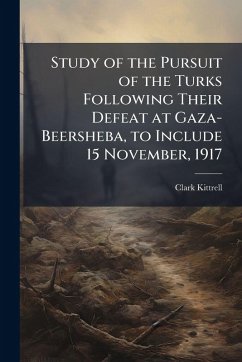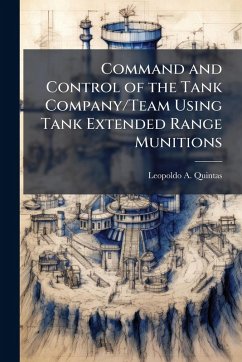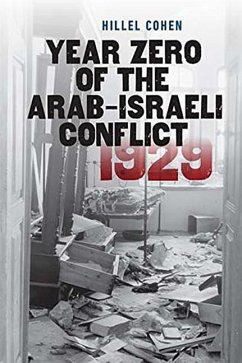
Glory Restored? The Implications of the 2008-2009 Gaza War in Times of Extended Conflict

PAYBACK Punkte
9 °P sammeln!
The closing of the July-August 2006 Second Lebanon War left the Israel Defense Forces (IDF) an introspective organization. Once an example looked to by much of the world for lessons on martial prowess, the nation's military-indeed, the country at large-found its performance against the Hezbollah enemy a far more punishing and less effective experience than expected. Some of that outcome was attributable to the foe's preparations. Yet there were also selfâadmitted deficiencies in the areas of leadership, intelligence, interâarms cooperation, decisiveness, and other areas that political and mi...
The closing of the July-August 2006 Second Lebanon War left the Israel Defense Forces (IDF) an introspective organization. Once an example looked to by much of the world for lessons on martial prowess, the nation's military-indeed, the country at large-found its performance against the Hezbollah enemy a far more punishing and less effective experience than expected. Some of that outcome was attributable to the foe's preparations. Yet there were also selfâadmitted deficiencies in the areas of leadership, intelligence, interâarms cooperation, decisiveness, and other areas that political and military leaders alike recognized had to be addressed. It was more than a matter of pride. In a region none too friendly, reestablishing the reputation of the IDF was felt to be a deterrent against further assaults. Twentyâeight months later, the IDF attacked into Gaza after rocket attacks on Israel originating there spiked late in 2008. It was an attack made after a number of adjustments over the twoâplus years since the Second Lebanon War. Operation Cast Lead, the designation for the undertaking, demonstrated renewed confidence blended with improved tactics, leadership, and joint cooperation. This document reviews those adjustments, analyzes their effectiveness, and considers Israel's performance in Gaza more generally. The report concludes with 12 recommendations pertinent to future U.S. operations in what has emerged as an era of persistent conflict. This document will be of interest to individuals in the government, nongovernmental organizations, private volunteer organizations, and the commercial and academic sectors whose responsibilities include the study, planning, policy, doctrine, training, support, or conduct of insurgencies, counterinsurgencies, or other forms of stability operations in both the immediate future and longer term. This work has been selected by scholars as being culturally important, and is part of the knowledge base of civilization as we know it. This work was reproduced from the original artifact, and remains as true to the original work as possible. Therefore, you will see the original copyright references, library stamps (as most of these works have been housed in our most important libraries around the world), and other notations in the work. This work is in the public domain in the United States of America, and possibly other nations. Within the United States, you may freely copy and distribute this work, as no entity (individual or corporate) has a copyright on the body of the work. As a reproduction of a historical artifact, this work may contain missing or blurred pages, poor pictures, errant marks, etc. Scholars believe, and we concur, that this work is important enough to be preserved, reproduced, and made generally available to the public. We appreciate your support of the preservation process, and thank you for being an important part of keeping this knowledge alive and relevant.












